Romania Retail is strong in Romania
Investment & finance- Lifetime access to current material
- Access to EurobuildCEE magazine edition online & flipbook version
- Exclusive news, comments, articles and interviews with the most important market representatives and experts
- Archive containing data and information from the commercial real estate and construction market in Poland and the CEE region, collected over 27 years;
- Eurojobs
- Eurobuild FM



















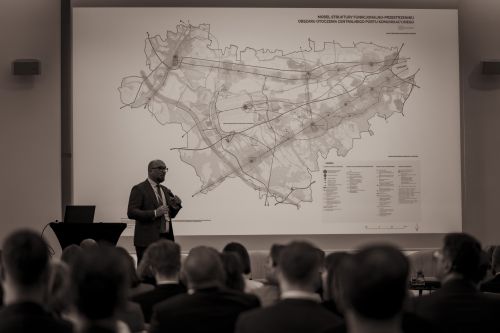











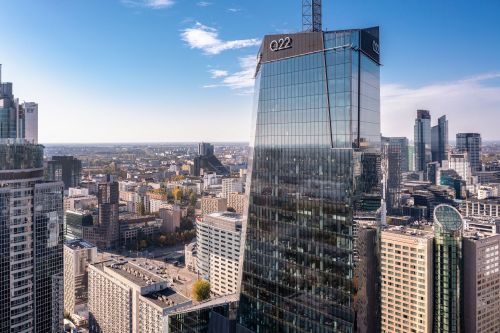

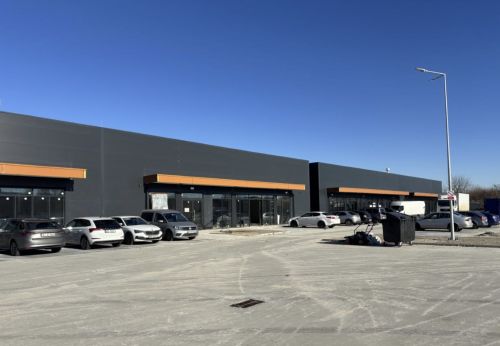
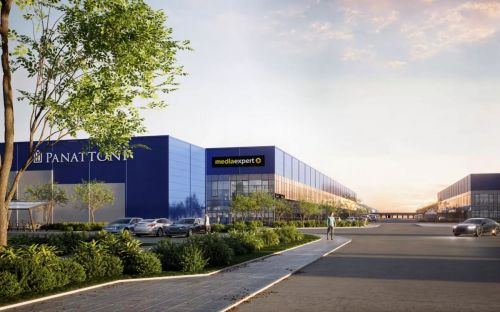

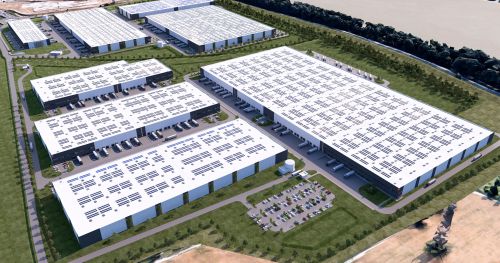
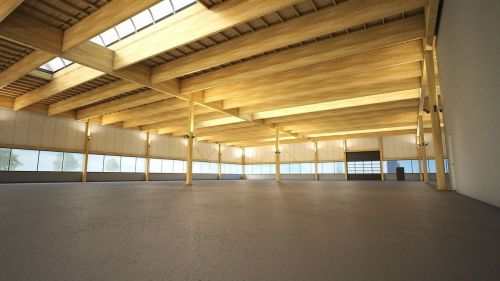
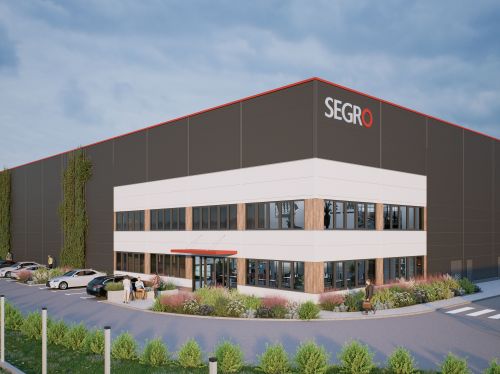
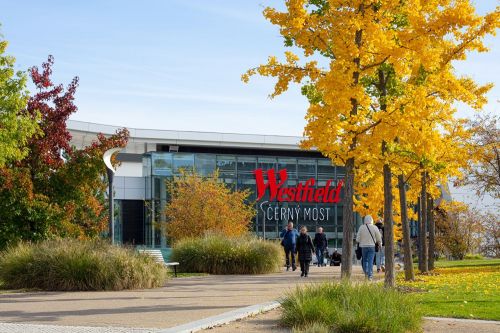



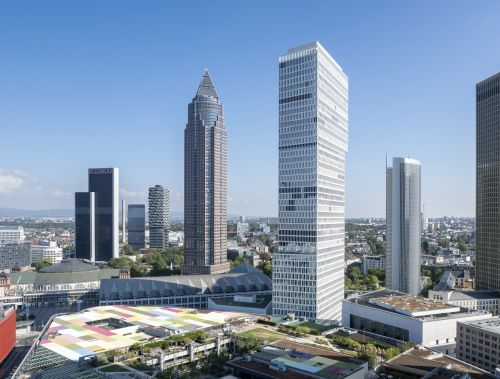


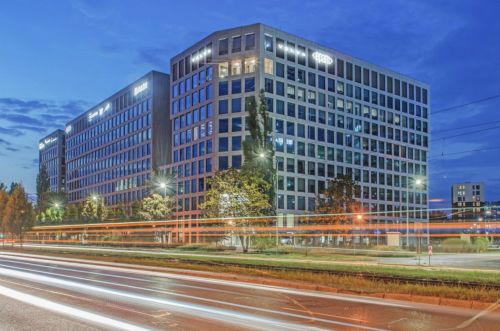







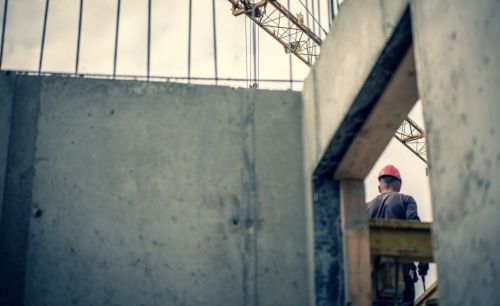








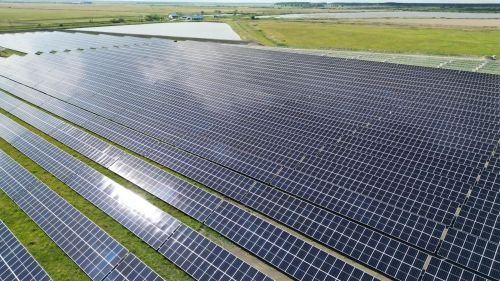
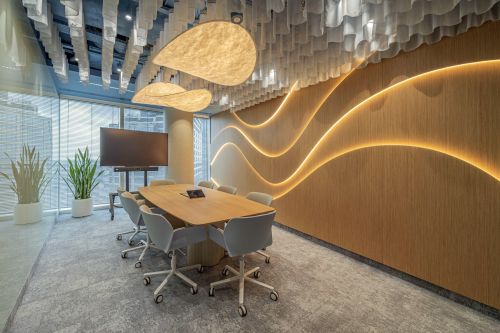






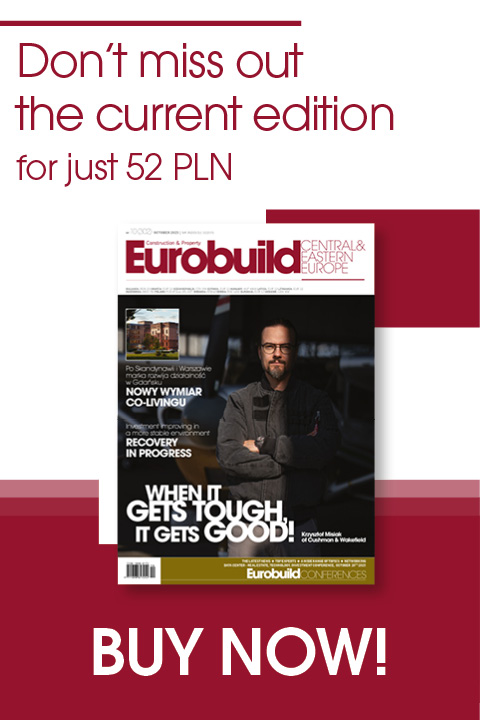
EXPO REAL 2025: From survival mode to selective recovery
EXPO REAL 2025: From survival mode to selective recovery
Axi Immo
This year’s EXPO REAL in Munich marked a noticeable shift in tone across industry conversations. Following a period of uncertainty and postponed investment decisions, the com ...
Are lease agreements in retail parks still triple-net?
Are lease agreements in retail parks still triple-net?
CMS
The lease agreements concluded for retail parks increasingly feature solutions that differ from the classic Triple Net Lease agreements, particularly as regards the settlement of o ...
Flex market picks up momentum
Flex market picks up momentum
Walter Herz
The flexible office market in Poland is growing rapidly. In the upcoming years, we can expect the pace of its development to accelerate. Currently, over 420,000 sqm of flex space a ...